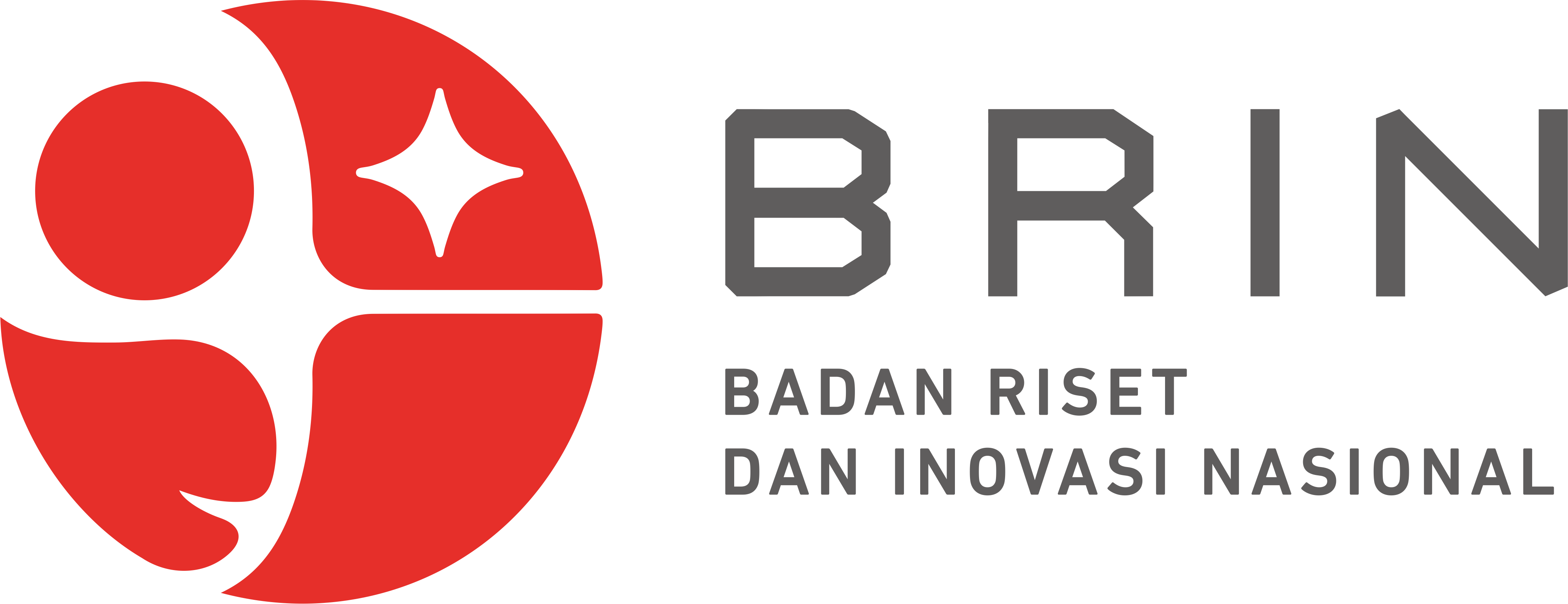IMPLEMENTASI EDUKASI DAN MOTIVASI TERPADU SEKOLAH–GEREJA DALAM MENINGKATKAN MINAT LANJUTKAN PENDIDIKAN TINGGI PADA PEMUDA DESA BAHU PALAWA
Keywords:
Integrated education, Learning motivation, School–Church, Digital literacy, Higher education interestAbstract
This study examines the implementation of the Integrated School–Church Education and Motivation program aimed at increasing the interest of youth in pursuing higher education in Bahu Palawa Village. The small village, with approximately 515 residents, faces declining tertiary education aspirations, early marriage, negative digital content influence, and low youth participation in religious activities. Using a qualitative descriptive approach, data were collected through participatory observation, in depth interviews with stakeholders (village head, teachers, church leaders, and youth), and documentation of the KKN program. Findings indicate that the school–church synergy via career roadmap workshops, public speaking training, digital literacy outreach, and spiritual fellowships effectively boosts learning motivation, reduces tendencies for early marriage, and improves youths’ digital habits. The program also revitalized youth engagement in religious service. In conclusion, this integrated school–church model is an effective contextual intervention to foster long-term educational orientation and character formation among rural youth in similar settings.
Downloads
References
Balqis, & Syaikhu. (2023). Tantangan spiritual remaja di era digital. Jurnal Pendidikan Agama Kristen Indonesia, 12(2), 45–59.
Fitria, M., Laksono, A. D., Syahri, I. M., Wulandari, R. D., Matahari, R., & Astuti, Y. (2024). Education role in early marriage prevention: Evidence from Indonesia’s rural areas. BMC Public Health, 24, 20775. https://doi.org/10.1186/s12889-024-20775-4
Kids Hope USA. (2023). Mentoring that makes a difference. Retrieved from https://en.wikipedia.org/wiki/Kids_Hope_USA
Nurhikmah. (2021). Faktor-faktor yang memengaruhi pernikahan dini dan peran literasi digital pada remaja. Syntax Literate, 6(9), 1752–1768.
Tobing, Y. (2020). Peran Pendidikan Agama Kristen dalam pembentukan karakter peserta didik. Jurnal Teologi dan Pendidikan Kristen, 18(1), 33–47.
UNESCO. (2023). Digital literacy for inclusive education in Southeast Asia. Paris: UNESCO Publishing.
Proposal KKN Kelompok 14. (2025). Edukasi & Motivasi Generasi Muda Desa Bahu Palawa melalui Sinergi Sekolah–Gereja. Institut Agama Kristen Negeri Palangka Raya.
Bandura, A. (1997). Self-efficacy: The exercise of control. New York: W. H. Freeman.
Bronfenbrenner, U. (1979). The ecology of human development: Experiments by nature and design. Cambridge, MA: Harvard University Press.
Coleman, J. S. (1988). Social capital in the creation of human capital. American Journal of Sociology, 94 (Supplement), S95–S120.
Eccles, J. S., & Wigfield, A. (2002). Motivational beliefs, values, and goals. Annual Review of Psychology, 53, 109–132.
Fitria, M., Laksono, A. D., Syahri, I. M., Wulandari, R. D., Matahari, R., & Astuti, Y. (2024). Education role in early marriage prevention: Evidence from Indonesia’s rural areas. BMC Public Health, 24, 20775. https://doi.org/10.1186/s12889-024-20775-4
Kids Hope USA. (2023). Mentoring that makes a difference. Retrieved from https://en.wikipedia.org/wiki/Kids_Hope_USA
Nurhikmah. (2021). Faktor-faktor yang memengaruhi pernikahan dini dan peran literasi digital pada remaja. Syntax Literate, 6(9), 1752–1768.
Putnam, R. D. (2000). Bowling alone: The collapse and revival of American community. New York: Simon & Schuster.
UNICEF Indonesia. (2021). Child Marriage Factsheet / Towards Ending Child Marriage. UNICEF Indonesia.
BPS-Statistics Indonesia. (2024). Gross Enrolment Ratio (GER) in Tertiary Education by Sex. Retrieved from https://www.bps.go.id.
World Bank. (2024). School enrollment, tertiary (% gross) — Indonesia. Retrieved from https://data.worldbank.org/indicator/SE.TER.ENRR?locations=ID.
Braun, V., & Clarke, V. (2006). Using thematic analysis in psychology. Qualitative Research in Psychology, 3(2), 77–101. https://doi.org/10.1191/1478088706qp063oa
Creswell, J. W. (2014). Research design: Qualitative, quantitative, and mixed methods approaches (4th ed.). Thousand Oaks, CA: SAGE Publications.
Miles, M. B., Huberman, A. M., & Saldaña, J. (2014). Qualitative data analysis: A methods sourcebook (3rd ed.). Thousand Oaks, CA: SAGE Publications.
Eccles, J. S., & Wigfield, A. (2002). Motivational beliefs, values, and goals. Annual Review of Psychology, 53(1), 109–132.
Matius 25:14–30.
Hasil wawancara lapangan (Proposal KKN Kelompok 14, 2025).
Bandura, A. (1997). Self-efficacy: The exercise of control. New York: W.H. Freeman.
2 Timotius 1:7.
Catatan observasi guru dan refleksi siswa (Proposal KKN Kelompok 14, 2025).
Gilster, P. (1997). Digital Literacy. New York: Wiley.
Efesus 5:15-16.
Catatan observasi guru dan dokumentasi siswa (Proposal KKN Kelompok 14, 2025).
Kolb, D. A. (1984). Experiential Learning: Experience as the Source of Learning and Development. Englewood Cliffs, NJ: Prentice Hall.
Yakobus 2:17.
Catatan observasi lapangan dan partisipasi siswa (Proposal KKN Kelompok 14, 2025).













